How to tell if the pan is oven-safe?
Cooking and baking are both culinary arts practiced in the kitchen. Some top chefs make it seem like an easy task, but once you put on the apron, you realize it isn’t all that easy. It’s not only about learning different skills or finding good ingredients. It’s also about finding the right tools for the job.
Allow us to help you with that today. Without further delay, let’s find a good pan for your oven. There’s a delicious meal to be made, after all!
Why Look For Oven-Safe Pans?
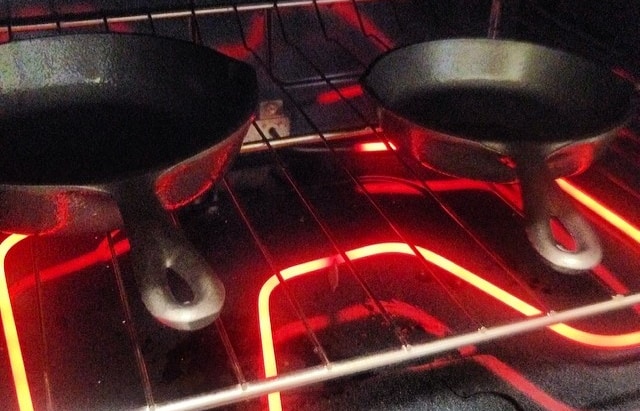
Before we start, let’s briefly discuss why you can’t use just any pan for your oven.
First of all, it could be dangerous. As you will learn later, using the wrong pan could potentially expose you and your food to harmful gases. As you might already know, this doesn’t only ruin the food. It is also bad for your health!
In addition, using the wrong pan could also mean a messy problem. It will ruin your pan, and think about the mess that could happen in your oven!
As we go along, you will learn more about these things and why it is essential to find an oven-safe pan if you plan to use your oven and pan together.
6 Tips for Finding a Good Oven-safe Pan
1. Check the Manual
You may not have to do some deep digging.
When it comes to pans, some of us don’t usually check the manuals. Pans are pans, after all. There isn’t much to check often.
It is in times like this that the manual might come in handy. Some manuals indicate if a pan can handle oven temperatures. If it doesn’t clearly state that, it could, at least, tell you something about your pan’s heat resistance.
If you’re dealing with an old pan and don’t have the manual anymore, you can turn to the internet and search for your pan. If you know the model of your pan, you should be able to find information regarding it.
Can’t find the manual and forgot the model? You can also try reaching out to the manufacturer of your pan if you’re having a hard time digging up information on the internet.
2. Check the Pan
On the other hand, you might not have to look far at all. You might be able to find something on the pan indicating that it could take oven temperatures.
It could be as obvious as a text or a little more subtle as a symbol. If you’re not that familiar with cookware symbols, then you can go here. It would be a good time to do some learning and inspecting.
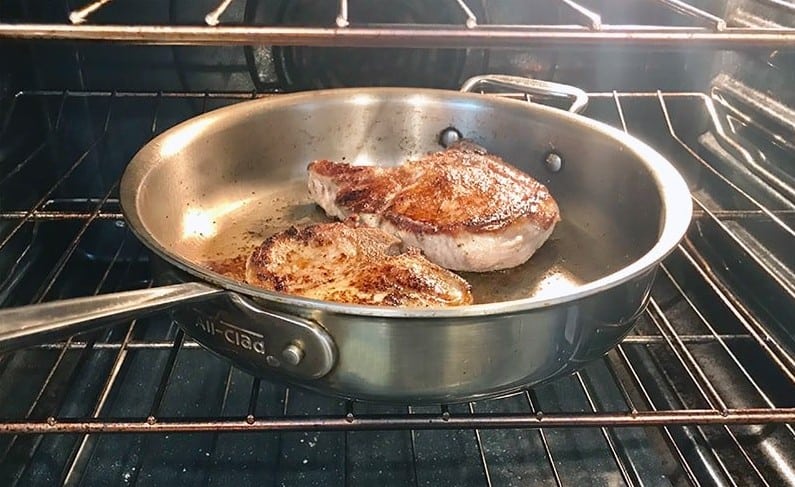
3. Check the Pan Material
If we’re only talking about the main material of the pan, many pans are oven-safe to a degree. It is more of a “how?” question than a yes or no one. How heat resistant, or how does a pan fare in certain temperatures?
Almost all pans are made to be able to withstand some heat. If you’ve used your pan for frying, you can probably use it in the oven too. You might only need to be a little cautious, depending on the material it is made of. Different materials handle heat differently. Some can withstand higher temperatures better than others.
Cast iron pans and copper pans seem to be some of the top choices for oven-safe pans. However, you can also use stainless steel pans, ceramic pans, and aluminum pans.
There are many pans out there, and we only mentioned some of the most well-known ones. If your pan is not on the list, then don’t worry. It doesn’t immediately disqualify it from being an oven-safe pan. You only need to check how well it fares with heat.
4. Check the Coating
Are you using non-stick pans? It might be a good idea not to use it in the oven unless you can be sure the coating could stand oven temperatures.
Teflon coatings are common in many non-stick pans. This coating could help you when you’re frying, but it could be dangerous in the oven. With Teflon coatings, you don’t want to go above 500 degrees Fahrenheit. Some even advise staying below 400 degrees. Extreme heat could damage this coating, and when it does, it doesn’t only ruin your cookware. It releases toxic gas.
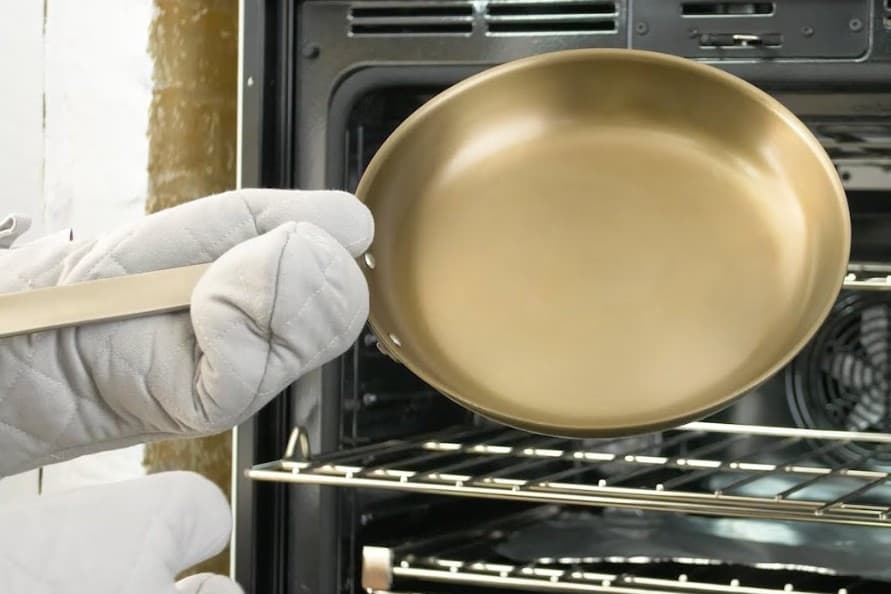
5. Check the Handle
Next, check the handle.
You might be surprised, but handles are one of the main reasons a pan has to stay out of the oven. Often, pan handles are made of materials that can’t take much heat. While the pan itself could withstand high levels of heat, the handles can’t.
The materials for the handles commonly employ things that can’t take much heat, like plastic. Like Teflon coatings, it could help you outside of the oven, but it’s not that handy inside of it.
On the other hand, there are some tips and tricks you could do to preserve and protect the handles of your pan when using them in the oven.
You can wrap the handles of your pan with some aluminum or some wet paper towels to protect it. However, keep in mind that this method could still damage your pan, especially if you’ll be cooking or baking for prolonged periods. If you plan to use the pan in the oven often, you might want to consider investing in a known oven-safe pan.
Detachable Handles
Some pans have detachable handles. If your pan comes with a detachable handle, there’s a big possibility it is a great oven-safe pan. One of the reasons detachable handles exist is to allow its users to use the pan in the oven, after all.
Pans with detachable handles are great if you want to use the pan for baking but still plan to use it for some frying from time to time.
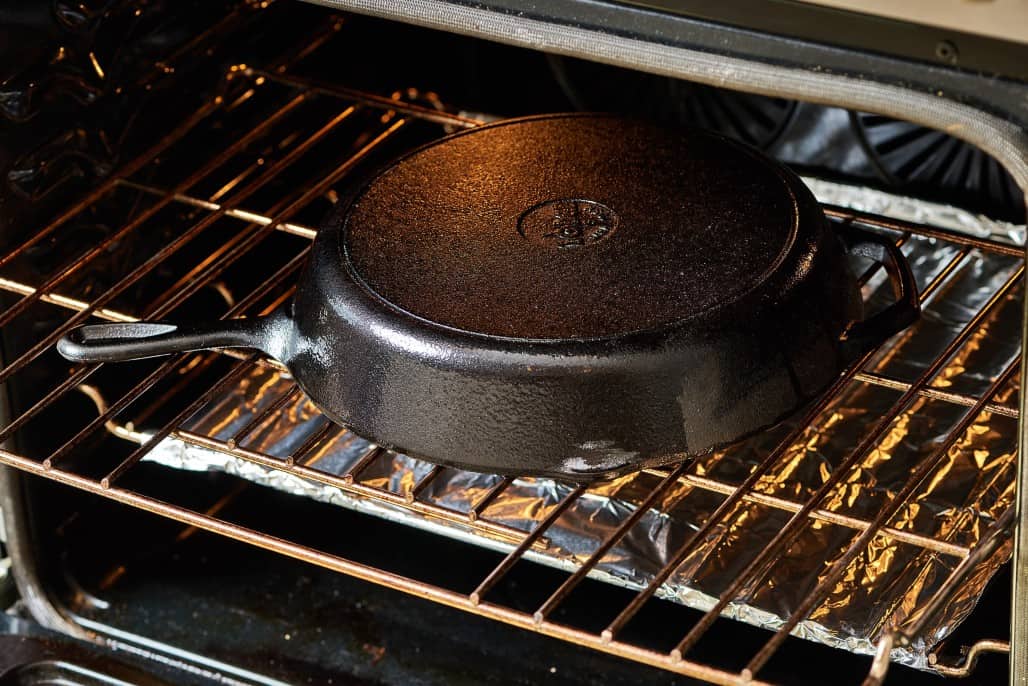
6. Check the Lid
Now, if you plan to use the lid of your pan as well, then you might want to check what it is made of. Like the handles, materials used for the lid commonly don’t handle heat well. If the handles are made up of materials that don’t fare well with heat, chances are the cover is too.
Now, if your pan passes this checklist, you are probably holding an oven-safe pan in your hands.
Things to Keep In Mind
We’ve talked about the things you need to check to see if you have an oven-safe pan, and you might be holding one. However, there are some other things you might need to take into account.
Better Be Safe Than Sorry
We did say that every pan you use in the kitchen is oven-safe to some degree. You could most probably put any pan in your oven, but with some caution.
You would rather have to take the heat or the length of the cooking time into consideration. However, if you’re not an expert on pans, we suggest you don’t risk it. We’re not only talking about spoiled food, after all. It’s you and your family’s health and safety too!
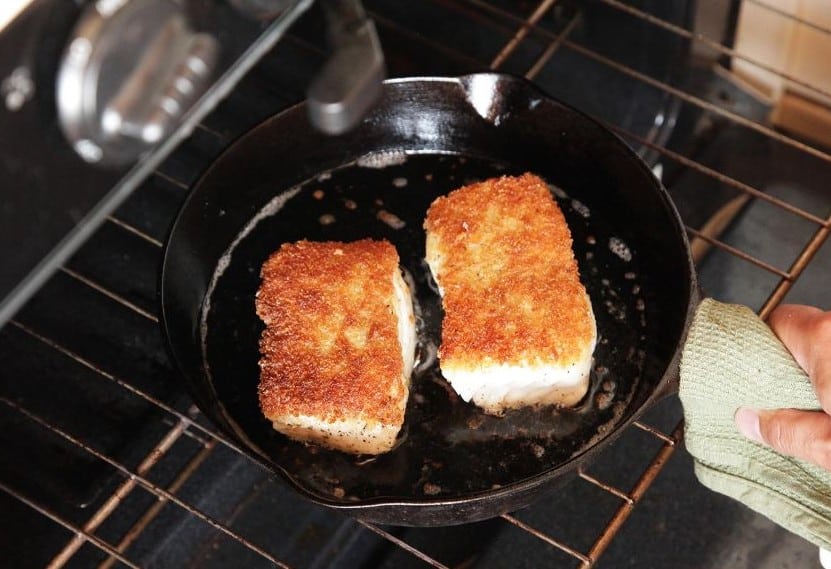
Not All Pans Are the Same
Again, we did say that many pans are oven-safe to some degree. However, that doesn’t mean that you should go for the nearest one if you have some options.
Depending on the dish you’re trying to make, there would be a pan that would suit it best. For example, if you’re planning on making something involving acidic ingredients, you might want to forgo your copper pans. Instead, you might want to go for your ceramic pans.
Try to get to know your pans. You might be surprised at what you would find out!
Why Bake?
Finally, let’s talk about why you might want to use your oven instead of the stove.
With everything we have talked about, you might be thinking that finding an oven-safe pan is a challenging task. You might be wondering if it’s worth the trouble.
It is!
You might have already heard it before, but baking, as opposed to frying offers many health benefits. One of the most well-known benefits of baking is how it lessens the oil used in cooking the dish. You could say that baking stops you from using unnecessary oil.
To add, with baking, you would get more of the good stuff than with frying. No, we don’t only mean in flavor but in nutrients as well! The nutrients you inevitably flush or ruin when you fry are preserved when you choose to bake instead.
So, again, is baking worth it? Is finding an oven-safe pan worth it? We think so, yes!
Summary
How to tell if the pan is oven-safe?
As you have seen, it’s not all that easy. However, we hope our little guide was able to help you, and we hope you’re now one step closer to making that delicious meal!
Have any other kitchen concerns like this one? You might want to check out our other discussions! We’ll see you there!
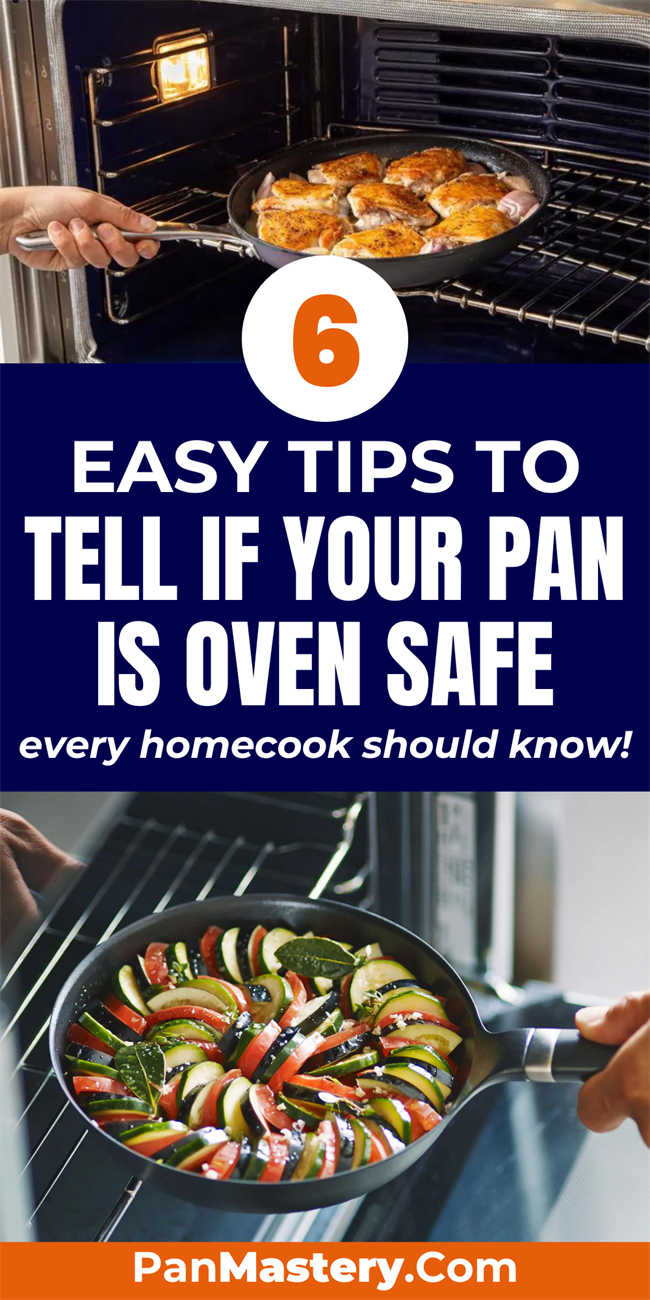

Michael Johnson is the founder of Pan Mastery, Inspired by his blacksmith grandfather’s legacy has a deep appreciation for hand-crafted pots and pans, he provides invaluable guides, reviews, and recipes to enhance your culinary journey.
